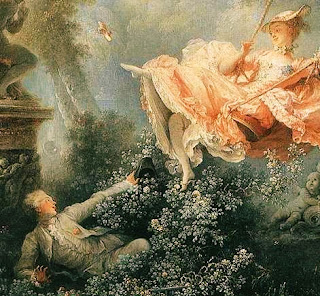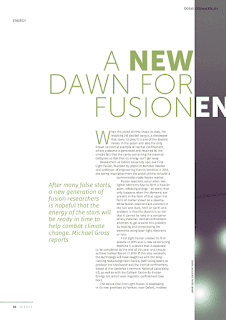I'm still struggling to understand the discussion about upskirting that's been raging around here - can't really imagine that any photos taken that way will be of a quality that could get anybody excited. Also, if a paraphilia focused on such pictures exists, it won't help to send the people affected by it to jail. (If anybody asked me, I'd just suggest to un-invent smartphones and selfie-sticks.)
Wikipedia seems to think that underwear fetishism is not in fact a paraphilia, which explains why it doesn't turn up in this list of paraphilias. (Which serves as a reminder that deviant desires can be a lot worse than the issue in question. There are more than 500 that have a name, and I spotted some that involve rape, cannibalism and other horrible things.)
Still, the whole area is still insufficiently understood, and our society, which only recently stopped regarding homosexuality as one of these perversions, is poorly prepared to deal with the issues which in some cases can become a life-and-death problem.
So I guess my 2014 feature on paraphilias may still be a useful starting point for those who want a scientific angle on these things:
Paraphilia or perversion?
For anybody who wants to spend more time on the issue I recommend the book that inspired the feature, namely
Perv - the sexual deviant in all of us, by Jesse Bering.

Detail of "The swing", by Fragonard - just paint a smartphone into the guy's hand and it's totally up to date ... (Still on view at the Wallace Collection, London, but who knows for how much longer?)
PS re. the title of this post - I love female-specific metaphors, so I'll take any excuse to let my hair down and get my knickers in a twist ...
















